Here’s Your Summer STEM Class Checkup!
A MiddleWeb Blog
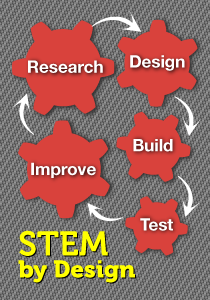 Getting ready to involve students in real STEM learning experiences in the fall? Then you’re probably starting now to examine, revise, and beef up your STEM education knowledge and skills.
Getting ready to involve students in real STEM learning experiences in the fall? Then you’re probably starting now to examine, revise, and beef up your STEM education knowledge and skills.
Whether you’re an experienced STEM teacher or just starting out, you can give your program a reality check and energy boost by considering five questions. (If you’re planning a schoolwide STEM program, I think you’ll also find some valuable ideas.)
I’m including links to earlier posts that address these questions. I’d also like to suggest you take a look at my new book, STEM by Design, Strategies and Activities for Grades 4 – 8 (shipping July 5th) for more in-depth information about these topics as well as detailed tips for designing STEM lessons.
1. What should STEM education look like?
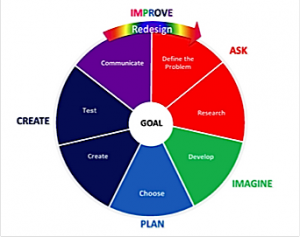 Continue clarifying your understanding of STEM education. What should it be, really? Does your approach prepare students to successfully engineer technologies and solutions that make a difference in our 21st Century world? The post What Makes Something STEM? can give you some tips and my “Is it STEM?” checklist to jumpstart your thinking. And another post, Is Your STEM the Real Deal?, lists the basic outcomes of fully realized STEM programs – a must read!
Continue clarifying your understanding of STEM education. What should it be, really? Does your approach prepare students to successfully engineer technologies and solutions that make a difference in our 21st Century world? The post What Makes Something STEM? can give you some tips and my “Is it STEM?” checklist to jumpstart your thinking. And another post, Is Your STEM the Real Deal?, lists the basic outcomes of fully realized STEM programs – a must read!
Keep in mind that technology in STEM includes creating devices to solve problems. So student prototypes are a technology. Engineering is the process students use for solving problems. It integrates and applies science and math content to devise problem-solving technologies. Engineering is always present in the STEM lesson cycle.
2. What do you need to include in your STEM program?
If you are working with planning a school-wide or a district-wide program, both of these posts will be informative. In particular, the post Say NO to Silos in Your STEM Program gives you a look at curriculum considerations as well as teaching practices and student practices that result in well-integrated STEM learning experiences.
So you are planning to teach STEM in the fall? (Or even better, planning to facilitate STEM learning in the fall?) If so, Teaching STEM? Tips for Summer Planning prompts you to thoughtfully consider some major questions concerning your STEM activities.
3. How will you choose and prepare STEM lessons?
Lesson how-to’s are a big issue for many STEM teachers. What needs to be present in every STEM lesson? How are STEM lessons different from regular science and math lessons? Here’s some help. First, take a look at Engineer a Great Middle School STEM Curriculum for suggestions to help you hand-craft an effective teaching and learning experience for your STEM students.
Then check out 12 STEPS to Great STEM Lessons for a “how-to” list on building and teaching a lesson. My how-to list grows out of the National Research Council’s six things (at a minimum) that should be present in K-12 STEM curricula:
- A focus on integrating science, technology, engineering and math – preferably all four, although true integration of even two would be an acceptable step toward STEM.
- A focus on real-world problems or engineering challenges.
- Inquiry-based, student-centered learning approaches.
- An engineering design process that leads to developing a product or process to solve a problem.
- An emphasis on student teamwork and communication.
- Building rich content knowledge of science and mathematics through application.
4. How will you assess STEM student progress?
Summer is the perfect time to start planning your assessment strategies. How are you going to identify STEM successes and places that need improvements? The post, Plan Now to Assess STEM Learning This Fall, gives you assessment ideas and “to do’s.”
Also read through Time for a Quick Midyear STEM Checkup. Although I wrote this in December, these ideas work at any time during the year. You’ll find a number of specific indicators in this post that can help you in determining your students’ progress.
5. How can I involve parents and other kid-keepers in my STEM program?
Yes, parents and kid-keepers can do more to help you with STEM than simply come to school and run off copies. They can use the suggestions in this post – originally written for summer use – at any time during the year. You might also run off copies of the 10 STEM Tips for Parents and give them to your students’ families and caregivers. Add additional ideas as you think of them.
An approach sure to become a favorite of children is involvement with maker spaces. Reinvent Summer Learning: Make It Up! is sure to generate some ideas and spark interest. You might even find some ideas to use in your classroom when fall comes.
Have a healthy, happy, and productive summer. It’s a time when you can learn and dream and plan in a more relaxed mode. So sit back, relax, and browse some of these posts for ideas that intrigue you.
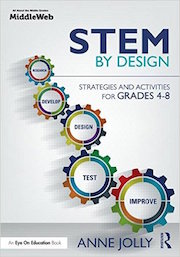
From the Amazon description: “This practical book…has all the answers and tools you need to get started or enhance your current program. Based on the author’s popular MiddleWeb blog of the same name, STEM by Design reveals the secrets to successful lessons in which students use science, math, and technology to solve real-world engineering design problems.”


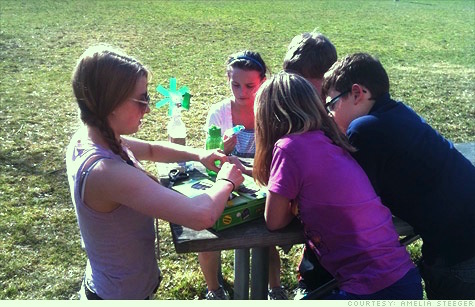










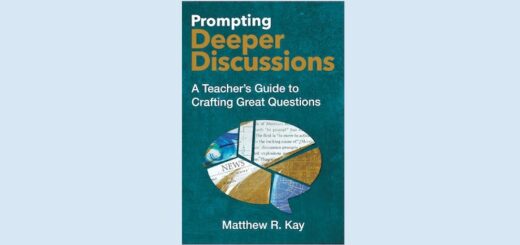

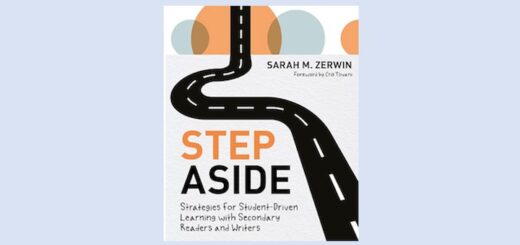
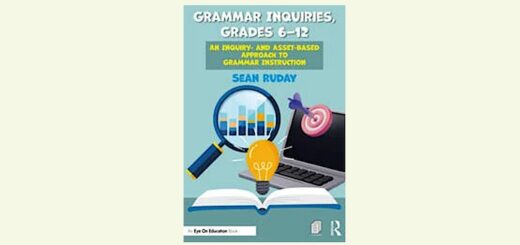
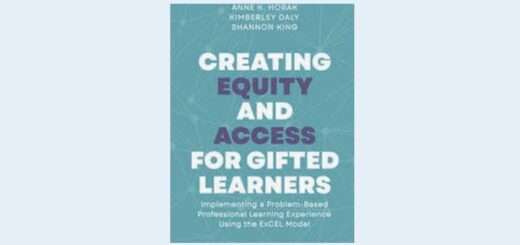
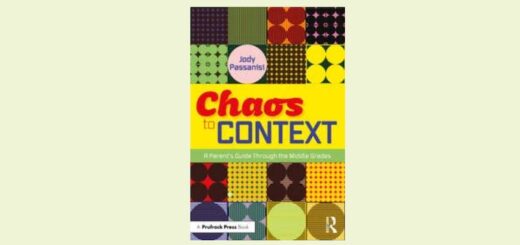
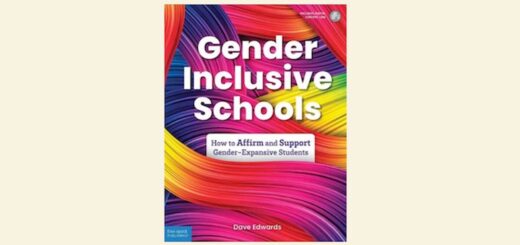
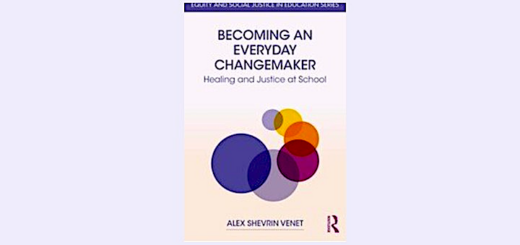

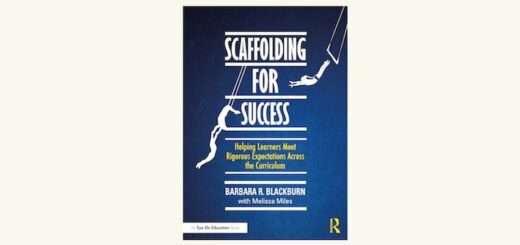
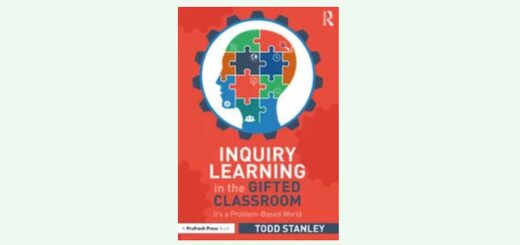
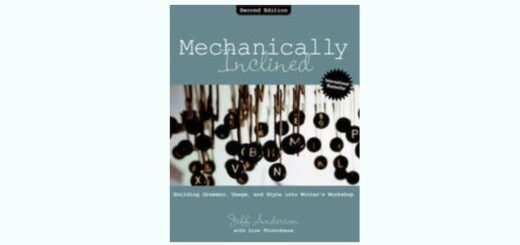
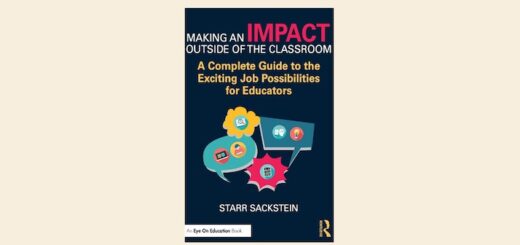
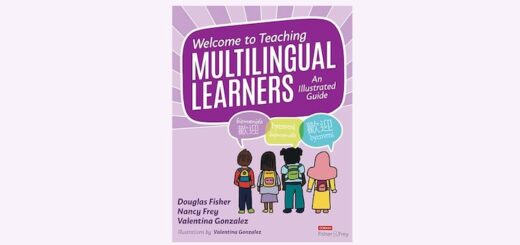
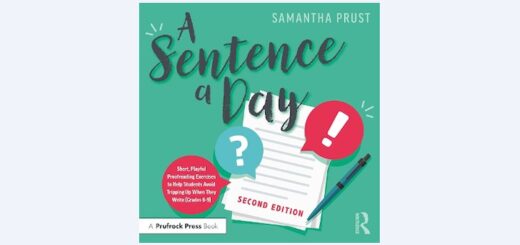
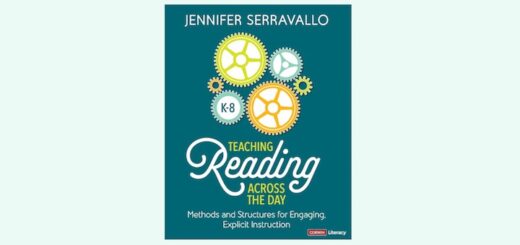
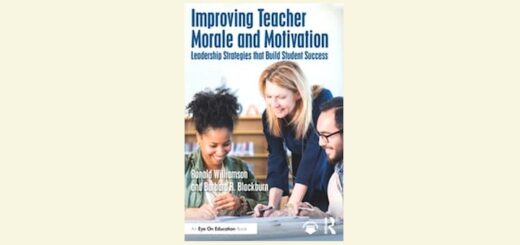
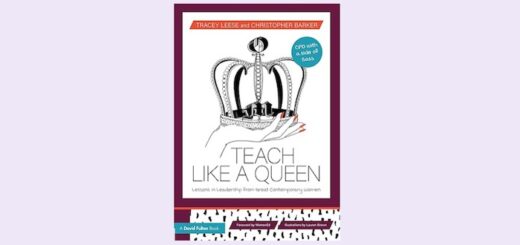

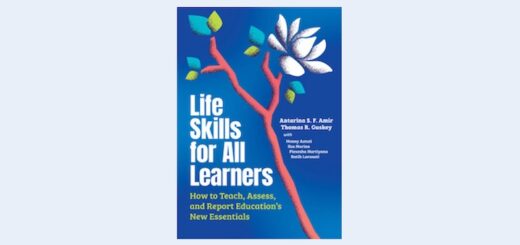
This is a pretty good back-to-school post as well!